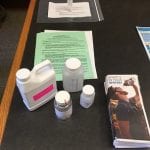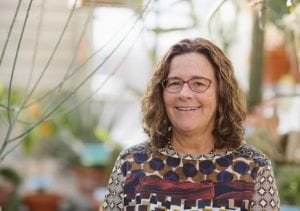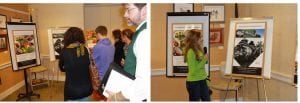Dartmouth Research Translation Core (RTC) Coordinator Laurie Rardin and partners from NHDES (Department of Environmental Services) and NHDHHS (Department of Health and Human Resources) Public Health Lab presented a program on private well testing as part of their ongoing outreach efforts to connect with NH communities about the need to test and treat private well water for arsenic and other contaminants. The August 13 presentation in Fitzwilliam, NH, which relies almost entirely on private drinking water wells, had 60 people in attendance. The audience had many questions, ranging from why should we be concerned about cancer risk, to who can I contact for help and how do I access the Be Well Informed online tool. At least 60 test kits were distributed.








